On the route from Tripoli to Beirut, next to the area of Hamat-Lebanon there is a fort that was established to guard this road, where its name means the fortified place, Al-Msaylha fort.
This fort was built during the rule of Emir Fakhreddine II in the 17th century, it was built on a limestone rock (limestone is a rock composed from different materials such as minerals, calcite and aragonite), and it was meant to be located along the borders of this rock on which it was erected, as well it was established on two separate phases so its design was made by two different but look alike sections as if they are one section, also it contains some hooks for monitoring and for launching arrows.
Its interior design was made in a defensive tactics so the fort can be reached through a small path and stairs preceding the arched main gate and secured by small opening in the ceiling above the entrance.
The main gate leads to a curved lobby followed by a small yard that ends to the archery room at the western side, while the southern side two passages were constructed in a separate block that lead to large underground halls used as warehouses.
The most fortified and equipped section of the fort due to its strategic position at the east side is the tower that can be reached through a doorway that leads to a hall followed by three curved lobbies.
Al-Msaylha fort photo was printed on the 25 pound bill that was in circulation before the Lebanese civil war.
على الطريق المؤدية من طرابلس الى بيروت، و بالقرب من منطقة حامات في لبنان سنجد حصن و هو الذي تم بنائه من أجل تأمين حماية هذه الطريق، حيث يحمل اسمه معنى المكان المحصن، هي قلعة المسيلحة.
تم بناء هذا الحصن خلال فترك حكم الامير فخر الدين الثاني في القرن السابع عشر، و قد شُيّد على صخرة من الحجر الجيري (هو صخرة تتكون من مواد مختلفةمثل المعادن و الاراغونيت)، و حدود هذا الحصن هي نفس حدود الصخرة التي بني عليها، كما و لقد تم تأسيس القلعة على مرحلتين منفصلتين بحيث تم تصميمها بقسمين مختلفين ولكن يبدوان كأنهما واحد من حيث الشكل و التناسق، كما انها تحتوي على فتحات خاصة للرصد و اطلاق الأسهم.
اما بالنسبة لتصميمها الداخلي فلقد تم اعتماد تكتيكات دفاعية بحيث يمكننا الوصول الى الحصن من خلال ممر صغير و سلالم تسبق البوابة الرئيسية المقوسة و المؤمنة بثغرات صغيرة في السقف فوق المدخل.
كما و تؤدي البوابة الرئيسية الى ممرّ منحني يتبعه فناء صغير ينتهي الى غرفة الرماية في الجانب الغربي، في حين انه في الجانب الجنوبي تمّ بناء ممرين في كتلة منفصلة تؤدي الى قاعات كبيرة تحت الارض تستخدم كمخازن.
القسم الاكثر تحصيناً و تجهيزاً بسبب موقعه الاستراتيجي يقع في الجانب الشرقي من القلعة هو البرج الذي يمكن الوصول اليه من خلال المدخل الذي يؤدي الى قاعة تليها ثلاثة ردهات منحنية.
و لقد كانت صورة قلعة المسيلحة مطبوعة على ورقة النقد من فئة 25 ليرة التي كانت متداولة قبل الحرب الاهلية اللبنانية.
For more information
https://en.m.wikipedia.org/wiki/Mseilha_Fort

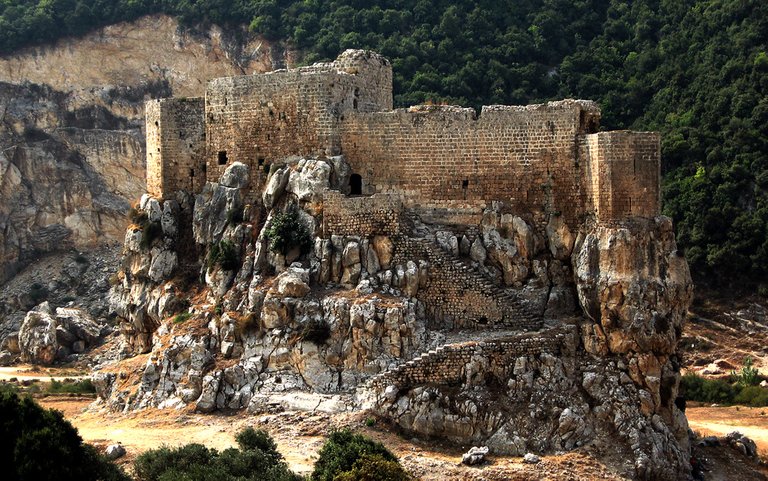

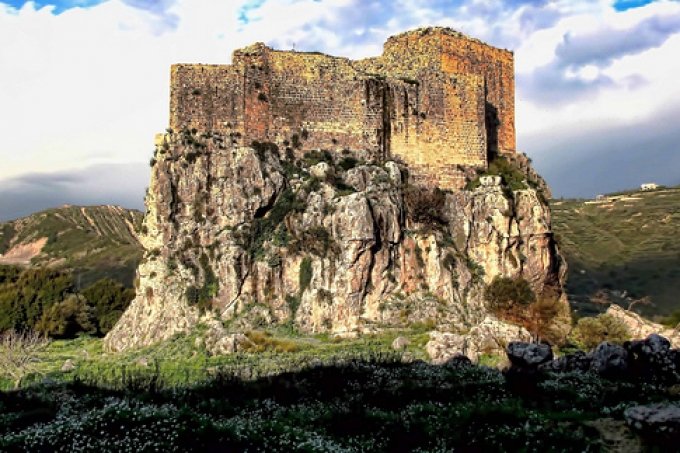
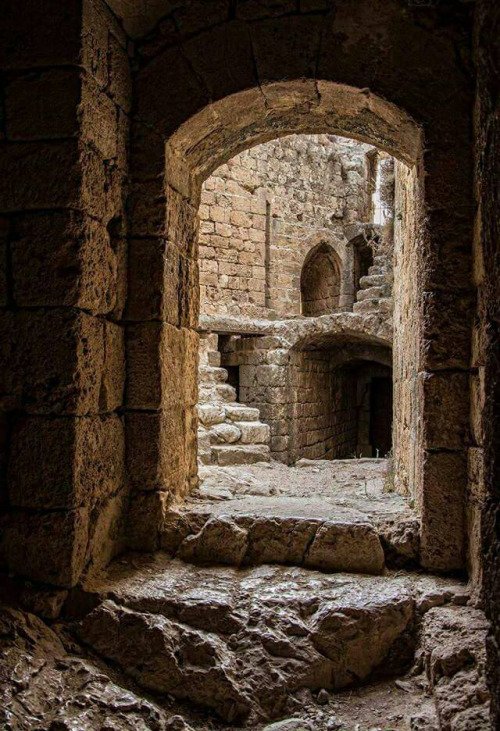
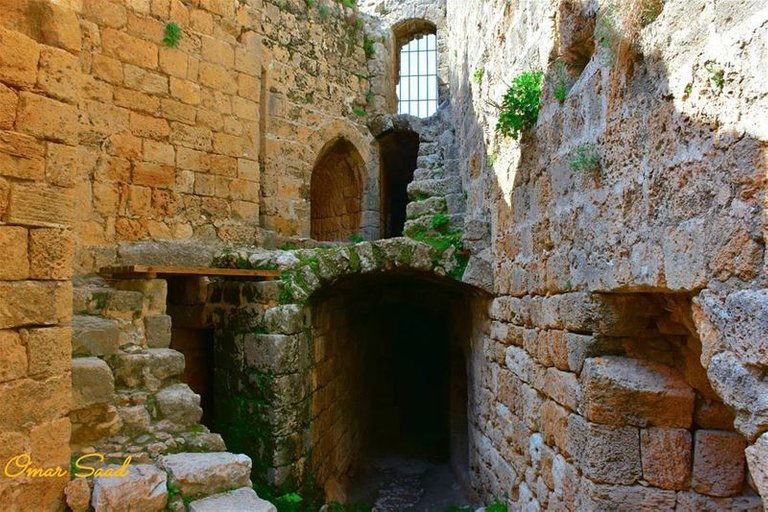
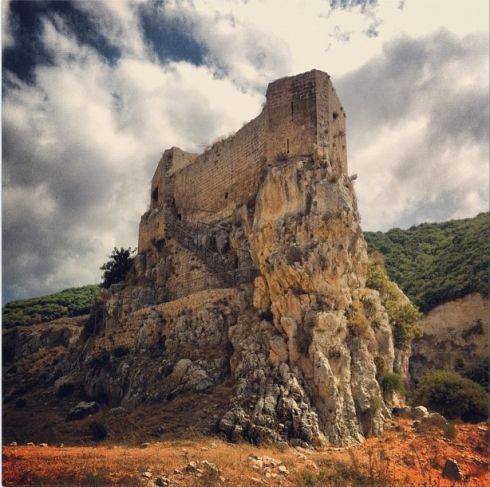
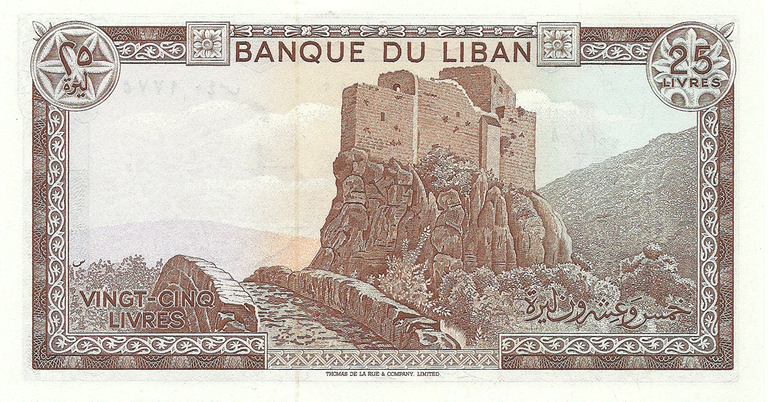
شكرا للمشاركة الجميلة و الصور الاجمل!
حصلت على تصويت من
و تم اختيار مقالتك ضمن مقالات يومية مختارة للنشر اليوم في مقالنا! :)
@arabsteem curation trail !
شكراً لكم @arabsteem
Thanks for sharing
Thank u @nathanieloamhen for passing
That looks like an amazing place to visit! Thanks for putting together this information and photographs.
Thanks for passing by @traciyork
You're very welcome!
🌸